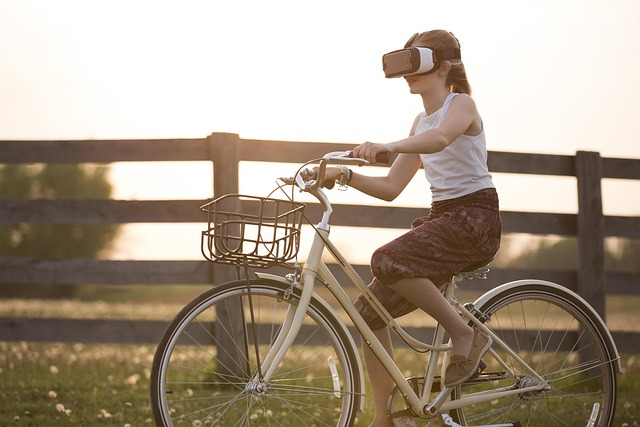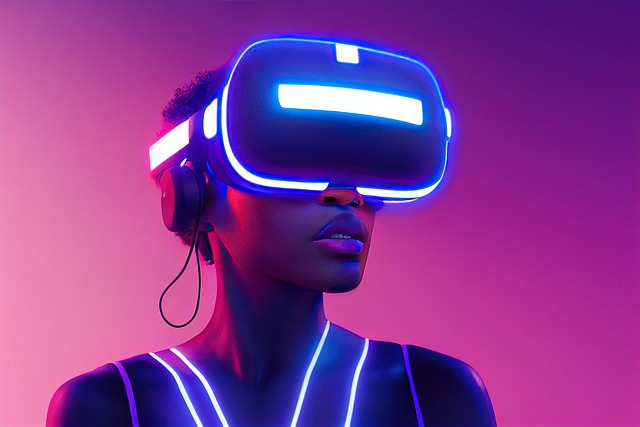There’s a unique feeling of stepping completely away from the world around you, a sense of being utterly transported. Whether it’s the deep dive into a captivating book, the thrill of a movie pulling you into its universe, or even the vividness of a dream, that feeling of total immersion is powerful. Now, technology is taking that experience to astonishing new levels.
Perhaps the most well-known frontier is Virtual Reality (VR). Imagine slipping on a headset and suddenly, your living room vanishes, replaced by a breathtaking mountain peak, the deck of a spaceship, or a bustling historical city. VR is designed for total escape. It tracks your head and sometimes body movements, allowing you to look around and interact with a purely digital world as if you were truly there. It’s about replacing your current reality with another, offering unparalleled presence and the chance to experience things that are physically impossible or prohibitively distant.
Complementing this is Augmented Reality (AR). Instead of whisking you away, AR overlays digital information, objects, and experiences onto your actual surroundings. Think about using your phone to see furniture placed in your living room before you buy it, or gaming where characters appear to be battling it out on your kitchen table. AR enhances your existing reality, adding layers of digital content that interact with the physical world. It’s about bringing the digital into your space, making the everyday environment interactive and dynamic.
Both VR and AR are seen by many as potential gateways to the Metaverse. While the term is still evolving, the vision is of a persistent, interconnected digital universe where avatars interact, own digital assets, participate in events, and move seamlessly between virtual spaces. It’s not just a game or an app, but potentially a shared digital world – or a network of worlds – that you can access via VR, AR, PCs, or mobile devices. Think of it as the next evolution of the internet, moving from browsing pages to inhabiting spaces.
These technologies, while distinct, are increasingly intertwined. VR offers the deepest sense of being ‘inside’ a digital space, AR bridges the gap between the digital and physical in our current environment, and the Metaverse represents the potential destination or framework connecting various immersive experiences. Together, they promise to redefine how we work, play, learn, and connect, pushing the boundaries of what it means to be truly immersed.



